Fishing kayaks offer a unique blend of mobility and comfort with sleek hulls ideal for shallow waters. They come equipped with robust rod holders, storage, and live well systems, catering to various angling skill levels. Single seating designs enhance control, maneuverability, and stability, while tandem setups foster teamwork and companionship, making them suitable for solo or group trips. Choosing between single and tandem depends on personal preferences, fishing style, water conditions, and gear needs, ensuring a tailored and safe fishing experience.
Whether you’re a solo angler or part of a duo, choosing the right seating setup is key to an enjoyable fishing kayak trip. This guide explores the diverse world of fishing kayaks, delving into the merits of single and tandem seating. From enhancing angling experiences to safety considerations, we break down the benefits of each configuration. Whether you’re a seasoned veteran or just starting, this article equips you with insights to select the perfect seating setup for your next adventure on the water.
Understanding Fishing Kayaks: A Brief Overview
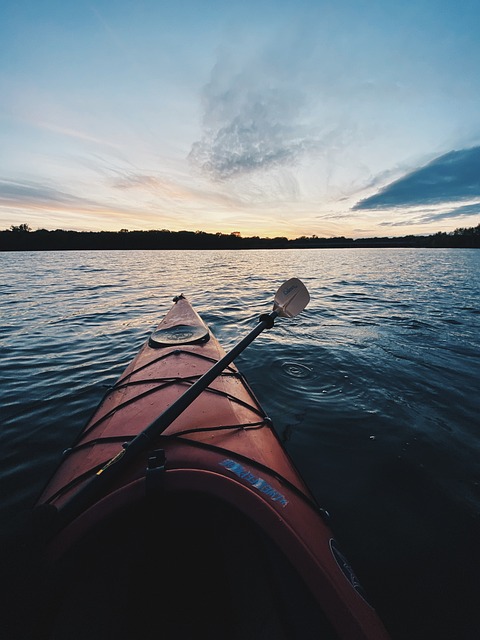
Fishing kayaks are specialized watercraft designed for angling enthusiasts, offering a unique blend of mobility and comfort. These kayaks typically feature a sleek and narrow hull, allowing them to maneuver effortlessly through shallow waters and navigate tight spaces where traditional boats might struggle. Equipped with robust fishing rod holders, storage compartments, and sometimes even live well systems, they provide anglers with the necessary tools to enjoy a productive day on the water.
A key distinction between fishing kayaks and other types of kayaks is their tandem seating design. Unlike single-seat kayaks that accommodate only one person, tandem models offer two seats, allowing for shared experiences or enabling a passenger to assist in casting or handling gear. This feature enhances versatility, making fishing kayaks suitable for both solo adventures and group trips, while also catering to different skill levels and preferences within the angling community.
The Concept of Single Seating in Kayaks

The concept of single seating in kayaks refers to the design and arrangement of seats within a kayak, specifically catering to solo paddlers. In a fishing kayak, for instance, single seating offers several advantages. It provides unparalleled control and maneuverability, enabling anglers to effortlessly navigate through shallow waters and tight turns while searching for that perfect catch.
This setup also enhances stability, as the paddler’s weight is evenly distributed over a single seat, reducing the risk of capsizing. Moreover, single-seater kayaks are often lighter in weight, making them easier to transport and carry, which is particularly beneficial for anglers who need to hike to remote fishing spots or navigate through varied terrain.
Advantages of Solo Kayaking for Anglers

Solo kayaking offers a unique and unparalleled experience for anglers, presenting several advantages over tandem seating. One of the key benefits is the increased freedom and control it provides. Anglers can easily navigate through tight spaces, maneuver around obstacles, and access secluded fishing spots with just their own power and direction. This independence allows them to explore areas that might be harder to reach in a tandem kayak, offering the potential for more productive fishing grounds.
Additionally, solo kayaks often have better stability and balance, making them ideal for casting and reeling without the risk of tipping. Anglers can effortlessly adjust their position and maintain control over their equipment, especially when targeting specific fish or using specialized fishing techniques. This advantage is particularly appealing to experienced anglers who prefer the precision and solitude that a single kayak offers.
Exploring Tandem Seating Arrangements

When it comes to fishing kayak adventures, choosing between single and tandem seating arrangements is a significant decision. Tandem seating offers a unique dynamic, allowing two anglers to share the experience and work together to navigate rivers or calm waters. This setup is ideal for teams, fostering camaraderie and enabling easier sharing of equipment. It provides a wider platform, accommodating larger fish and offering enhanced stability while casting and maneuvering.
For those who prefer a more independent journey, single seating arrangements provide freedom and customization. Anglers can position themselves comfortably, tailor their gear arrangements, and focus on their own fishing techniques without being directly paired with another kayaker. This option is perfect for solo adventurers or groups of friends who wish to explore at their own pace while still enjoying the benefits of a stable fishing kayak design.
Benefits of Sharing a Kayak with a Partner
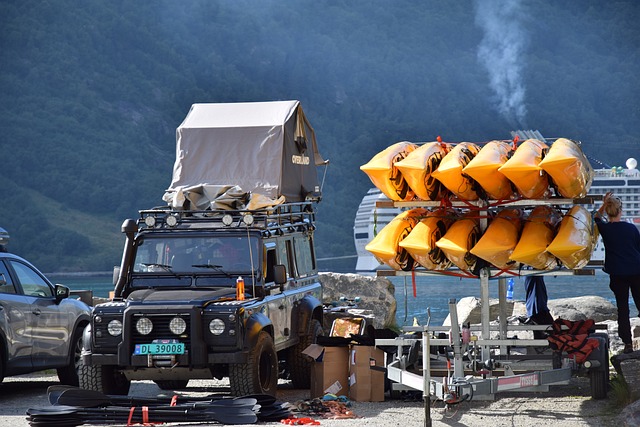
Kayaking with a partner in a tandem kayak offers several advantages, especially for those who enjoy activities like fishing kayak trips. Firstly, it provides a sense of companionship and shared experience, making your time on the water more enjoyable and memorable. Navigating rivers or exploring coastal areas becomes a collaborative effort, fostering teamwork and communication. You can discuss tactics, share spots, and even assist each other in casting lines for a more efficient and productive fishing kayak outing.
Moreover, tandem kayaking allows you to carry more gear and equipment. This is particularly beneficial when heading out for extended periods or on adventures that require extra supplies. With two people, you can double the storage space, ensuring you have everything needed for a comfortable and well-prepared fishing kayak expedition.
Choosing the Right Seating Setup for Your Fishing Trips
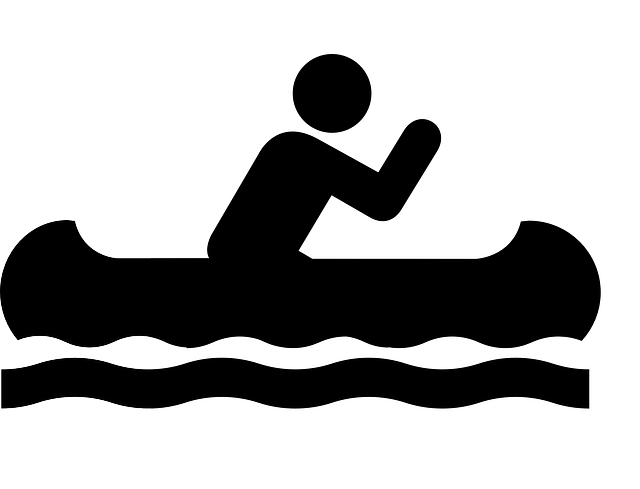
When planning your next fishing kayak adventure, selecting the perfect seating setup is key to enhancing your overall experience. Whether you’re a solo angler or part of a duo, choosing between single or tandem seating depends on various factors. For solitary fishermen, a single-seater kayak offers unparalleled maneuverability and agility, allowing for easy access to different fishing spots and precise control over the vessel. This setup is ideal for those who enjoy exploring secluded areas or casting from multiple locations during a trip.
In contrast, tandem seating in a fishing kayak is designed for companionship and shared experiences. It accommodates two anglers side by side, promoting collaboration and conversation while enjoying the outdoors. Tandem kayaks provide stability, making them suitable for waters with more current or when carrying additional gear. This option is perfect for friends or family members who want to fish together, creating memorable moments and potentially increasing the success rate due to the ability to cover more ground as a team.
Safety Considerations for Different Seating Configurations
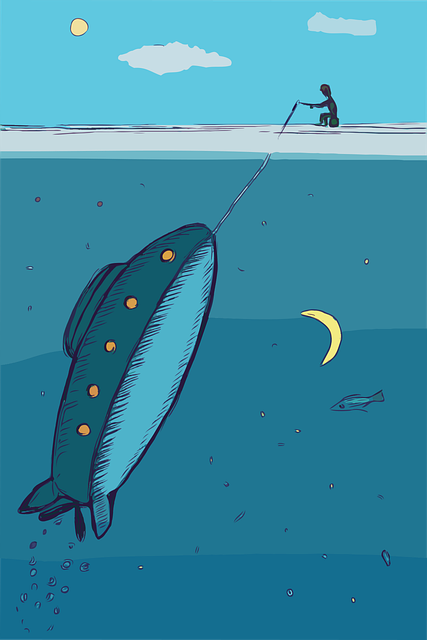
When considering single or tandem seating in a fishing kayak, safety should be the top priority. In a single-seater, the kayaker has complete control and independence, allowing for agile maneuvers and easier access to all equipment. However, this configuration offers less stability, particularly when navigating choppy waters or casting heavy lines. On the other hand, tandem seating provides enhanced stability due to the distributed weight of two people, making it ideal for leisurely trips or when one partner is less experienced. Yet, it may limit the agility and access to gear, requiring careful packing and adjustment of fishing equipment.
For optimal safety in any seating arrangement, ensure proper fitting and fastening mechanisms are used. In a tandem kayak, securing both seats correctly prevents shifting during paddling or casting, which could lead to accidents. Additionally, regular maintenance and checks on the kayak’s structural integrity are essential, especially for those venturing into deeper waters or rougher conditions. Always wear appropriate safety gear, such as life jackets, to mitigate risks associated with falls or capsizing, regardless of seating configuration.
Popular Designs and Innovations in Fishing Kayaks
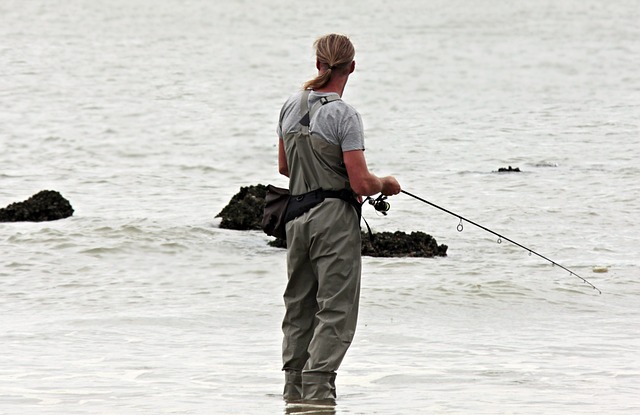
In the world of fishing kayaks, designers have embraced both single and tandem seating options, each with unique innovations catering to diverse angling preferences. Popular designs include the classic sit-in kayak, favored for its stability and ease of use, often featuring adjustable seats and storage compartments. For those who enjoy shared fishing adventures, tandem or double kayaks offer a synchronized paddling experience, with side-by-side seating arrangements allowing for easier communication and joint access to fishing gear.
Recent innovations in fishing kayaks include advanced materials like carbon fiber and fiberglass, reducing weight without compromising strength. Waterproof storage systems and integrated fish finding equipment are also trending, enhancing the overall angling experience. Additionally, adjustable seat backs and leg rests cater to different body types, ensuring comfort during extended paddling sessions. These modern designs not only improve maneuverability but also enhance the accessibility of fishing kayaks for a broader range of users.
Personal Preferences: Single vs Tandem Seating for Angling Enthusiasts

When it comes to fishing kayak experiences, personal preferences play a significant role in choosing between single and tandem seating arrangements. Many seasoned anglers appreciate the sense of solitude and independence that a single kayak offers. This setup allows for unencumbered movement and a more personalized connection with the water, making it ideal for those who enjoy an uninterrupted fishing trip alone. The quiet and solitude can enhance the overall experience, enabling anglers to immerse themselves in nature and focus on the task at hand.
On the other hand, tandem seating in a fishing kayak caters to couples or friends who wish to share the adventure together. This arrangement allows for easy conversation and collaboration while casting lines and maneuvering the kayak. With tandem seating, anglers can enjoy the company of their companions, sharing stories and laughter as they explore different bodies of water. It adds a social element to the activity, making it memorable for those seeking a shared experience with like-minded individuals.
